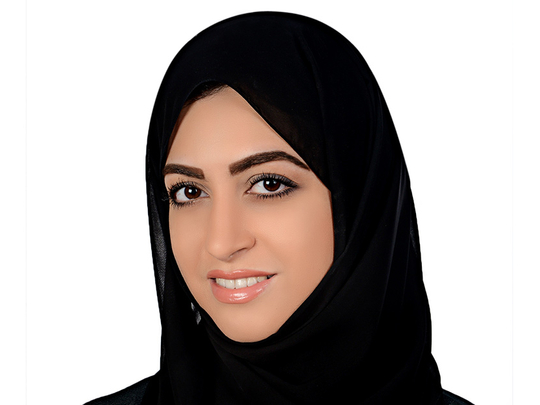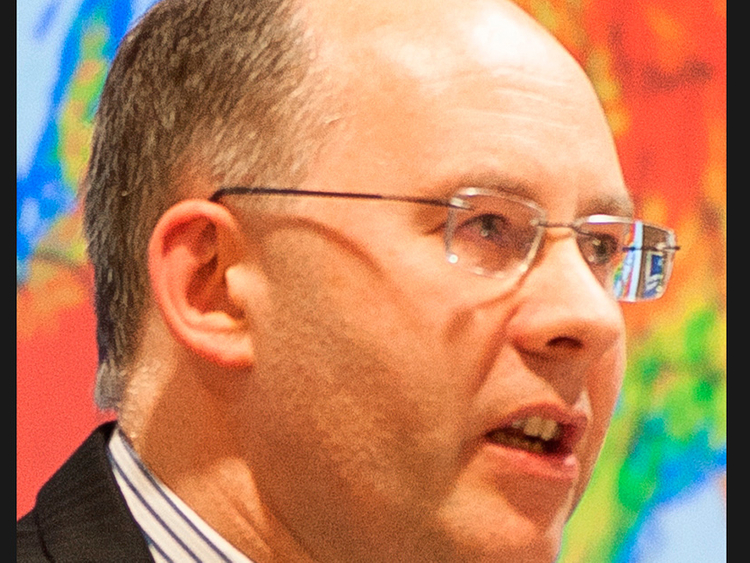
Dubai
The hunt for new cloud-seeding methods and technology to feed rainwater to parched areas of the UAE continues with a promising new experiment using unmanned aerial vehicles, said officials on Monday.
The UAE Research Programme for Rain Enhancement Science said that is experimenting with eco-friendly drones that will help scientists study artificial, electrical charges within clouds to induce “electrical seeding.”
The experiment in the UAE will see the research programme collaborate with a team of leading meteorologists to develop a theoretical concept that studies the effect of electrical charges on rain-bearing clouds.
Alya Al Mazroui, Manager of the UAE Research Programme for Rain Enhancement Science, said senior officials at the National Centre of Meteorology and Seismology (NCMS) are working closely with Professor Giles Harrison, who specialises in Atmospheric Physics at the University of Reading.
Officials told Gulf News on Monday that Harrison has returned to the UK but will revisit the UAE in coming months to head the launch of the experiments.
The new experiments are a departure from traditional the traditional 100 cloud-seeding missions launched into UAE airspace from January until March of this year using the national weather bureau’s six dedicated light twin-propeller aircraft equipped with dozens of salt-dispensing flares.
Using traditional methods, when a plane enters a cloud that appears to be promising, salt crystal flares are fired into naturally occurring overcast skies to encourage the formation and release of cloud moisture into raindrops.
Under the new experiments, aerial vehicles would put electric charges into the clouds.
Mazroui said the project “holds great promise to a water-stressed country like the UAE. Moreover, the project links directly to the UAE Research Programme for Rain Enhancement Science’s aim of providing real solutions to the challenges of water scarcity. We look forward to supporting the professor’s innovative work through our technical resources and resident expertise. We are also confident that such projects will reaffirm the status of Abu Dhabi and the UAE as an international centre of excellence for rain enhancement research.”
In a statement, Harrison said: “An analysis of the potential of electrical charges to enhance rainfall could offer new techniques for boosting precipitation levels. The UAE Research Programme for Rain Enhancement Science is playing a unique role in facilitating the growth of productive international scientific networks while ensuring that researchers have access to the materials, equipment and data that they need.”
Harrison, who is also a Second Cycle awardee associated with the UAE Research Programme for Rain Enhancement Science, will lead the research. The team is set to examine the electrical properties of clouds through a combination of theoretical and experimental work.
As a first step, they will model the growth of charged drops to raindrops — even when the clouds are not charged — to the extent that leads to thunderstorms. Secondly, they will attempt to measure and modify the charges present in clouds using balloons and aircrafts.
An innovative aspect is the use of Unmanned Aerial Vehicles (UAVs) to artificially modify the electrical properties of the clouds.
A promising attribute of the electrical seeding approach is that it leaves no local environmental residues, as the UAVs are electrically powered and hence pollution-free.













